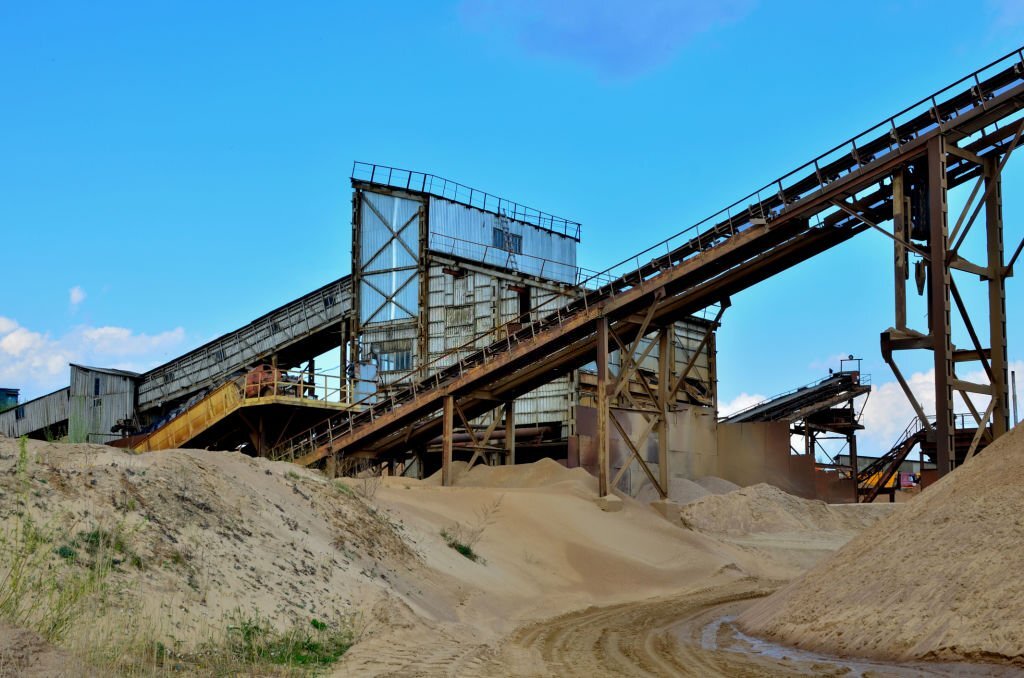
Introduction:
In the dynamic world of heavy equipment, crushing plants rise as unsung heroes, armed with unique capabilities that set them apart from their peers. This article delves into the distinct traits that render crushing plants indispensable in the realm of industrial machinery.
Crushing plants play a pivotal role in material processing and resource extraction, breaking down substantial rocks and ores into more manageable sizes. Their versatility spans various industries, from mining and construction to recycling. What makes these plants invaluable is their adaptability—efficiently handling an array of materials, from robust granite to softer limestone. Moreover, modern crushing plants integrate intelligent technologies, enhancing precision, energy efficiency, and overall performance. As this exploration unfolds, it illuminates how these discreet yet powerful machines contribute significantly to the efficiency and innovation driving the ever-evolving landscape of heavy equipment.
Crushing Plants vs. Other Heavy Equipment: Unraveling the Differences
Purposeful Prowess:
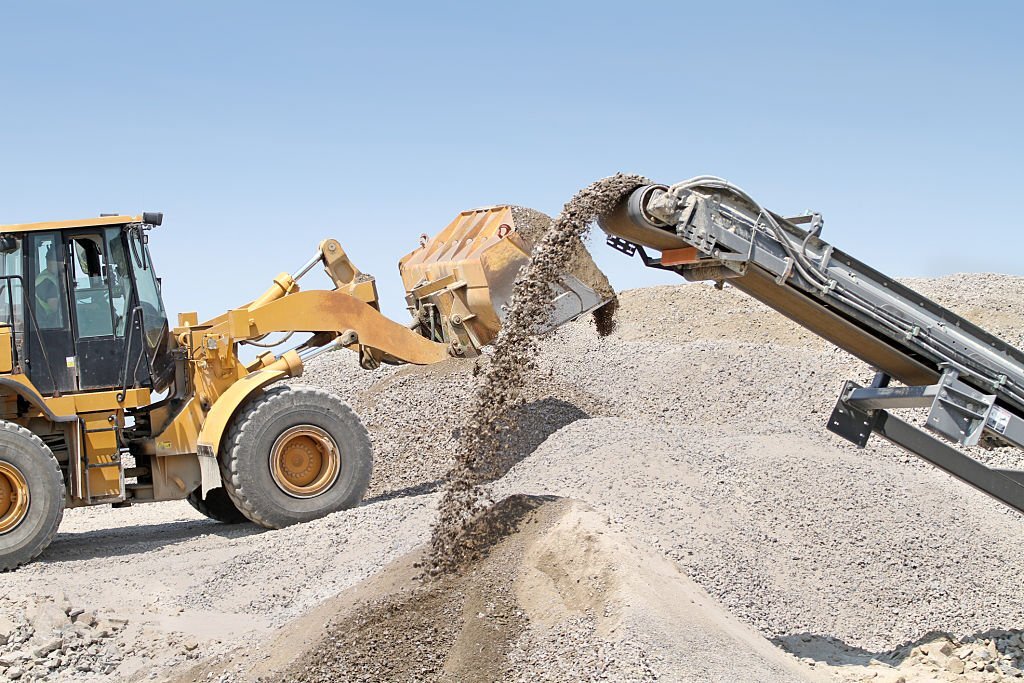
In the expansive realm of heavy machinery, each equipment type plays a distinct role, and crushing plants stand out with their specialized purpose. Unlike the earth-shifting might of bulldozers or the deep-digging prowess of excavators, crushing plants excel in the art of material reduction. Their primary mission is to meticulously break down substantial rocks and raw materials into smaller, more manageable pieces. This distinctive functionality is the cornerstone of their importance in various sectors, acting as indispensable contributors to the progress of construction, mining, and recycling industries.
In construction, these plants serve as the backbone for creating foundational structures by processing raw materials into the precise sizes required. Meanwhile, in mining operations, they are key players in extracting valuable minerals by transforming large chunks into workable fragments. Furthermore, in the recycling sector, crushing plants play a crucial role in repurposing materials, promoting sustainability by reducing waste. This adaptability across different industries underscores the versatility of crushing plants, positioning them as vital components in the ever-evolving landscape of heavy equipment and industrial applications.
Versatility in Material Processing:
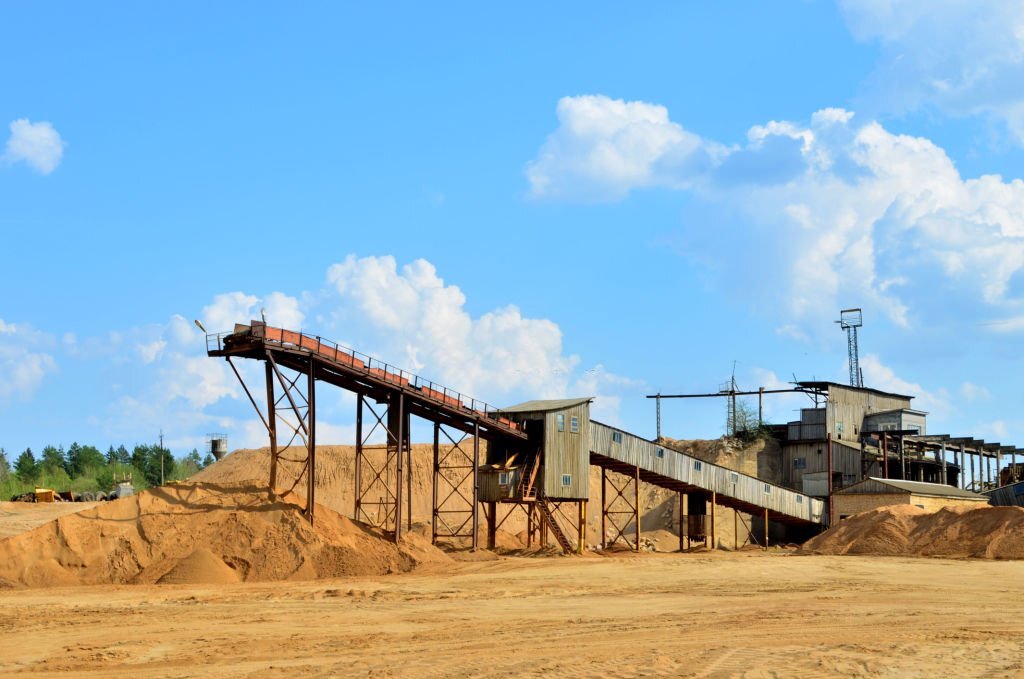
Crushing plants, in stark contrast to their more singularly focused heavy equipment counterparts, present an impressive showcase of versatility in the intricate realm of material processing. These dynamic entities exhibit a capacity to seamlessly adapt to an extensive array of raw materials—be it the formidable challenge of processing diverse rock formations extracted from quarries, the nuanced handling of different ores extracted from mines, or the eco-conscious task of repurposing recycled materials seeking a second life. It is this adaptability that positions crushing plants as veritable champions in the industrial landscape, offering a comprehensive solution that caters to the intricate demands of various sectors.
Their ability to process various types of rocks, ores, and recycled materials speaks to the nuanced requirements of industries seeking flexibility in their operations. In construction, these plants emerge as indispensable allies, transforming raw materials into precisely calibrated aggregates crucial for building sturdy foundations and structures. Likewise, in mining, the adaptability of crushing plants ensures the efficient extraction and refinement of diverse ores, contributing significantly to the supply chain of essential minerals. Furthermore, in the realm of sustainability, these plants play a pivotal role in recycling efforts by processing recycled materials, thereby reducing environmental impact. The versatility of crushing plants, embracing the multifaceted nature of material processing, positions them as the linchpin in the machinery repertoire, catering to the diverse and evolving needs of industries worldwide.
Mobile Marvels:
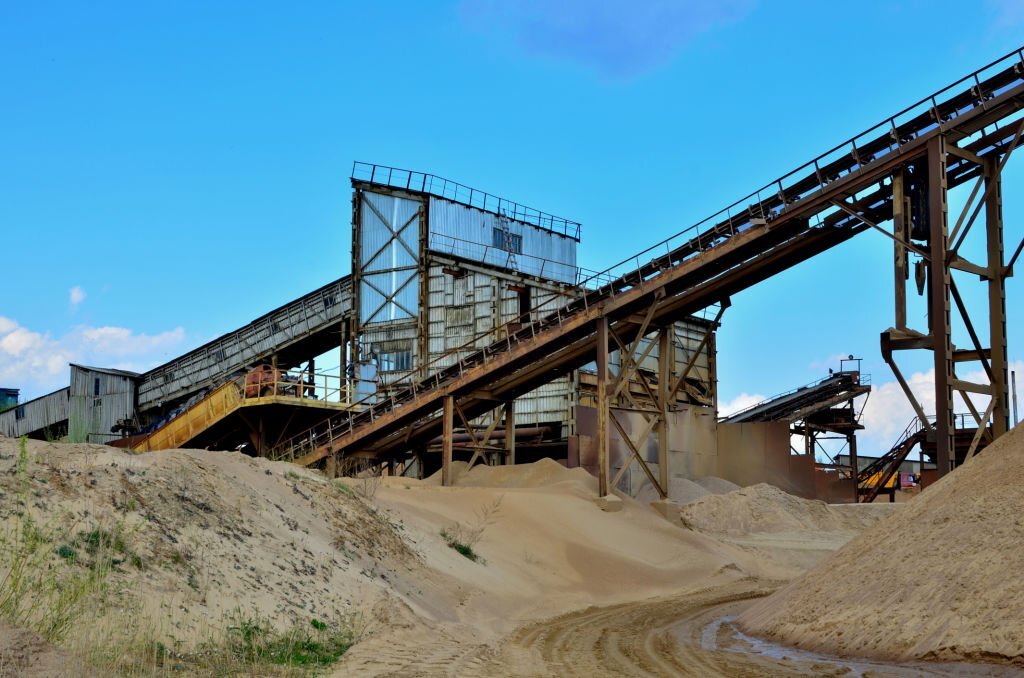
The distinct advantage of mobility sets crushing plants apart in the realm of heavy machinery. Unlike many of their counterparts, these plants are designed with the capability to traverse across job sites with ease. This mobile prowess is a game-changer, allowing them to be deployed dynamically at various locations, thereby mitigating the necessity for multiple fixed installations. This adaptability proves especially invaluable in the landscape of construction projects characterized by ever-shifting demands and evolving job site requirements.
Imagine a scenario where a construction project necessitates the processing of raw materials at different stages or locations—crushing plants, with their ability to move, seamlessly transition between these sites, optimizing efficiency and reducing downtime. Whether it’s breaking down rocks for foundational structures or processing materials for road construction, the mobility of crushing plants aligns with the agile nature of modern construction projects.
Moreover, in remote or challenging terrains where fixed installations might be impractical, mobile crushing plants shine as versatile solutions. Their ability to navigate and operate in such environments ensures that material processing can occur efficiently even in unconventional or hard-to-reach locations. In essence, the mobility of crushing plants not only enhances operational efficiency but also empowers construction projects with a level of flexibility that adapts seamlessly to the dynamic nature of the industry.
Aggregate Production Mastery:
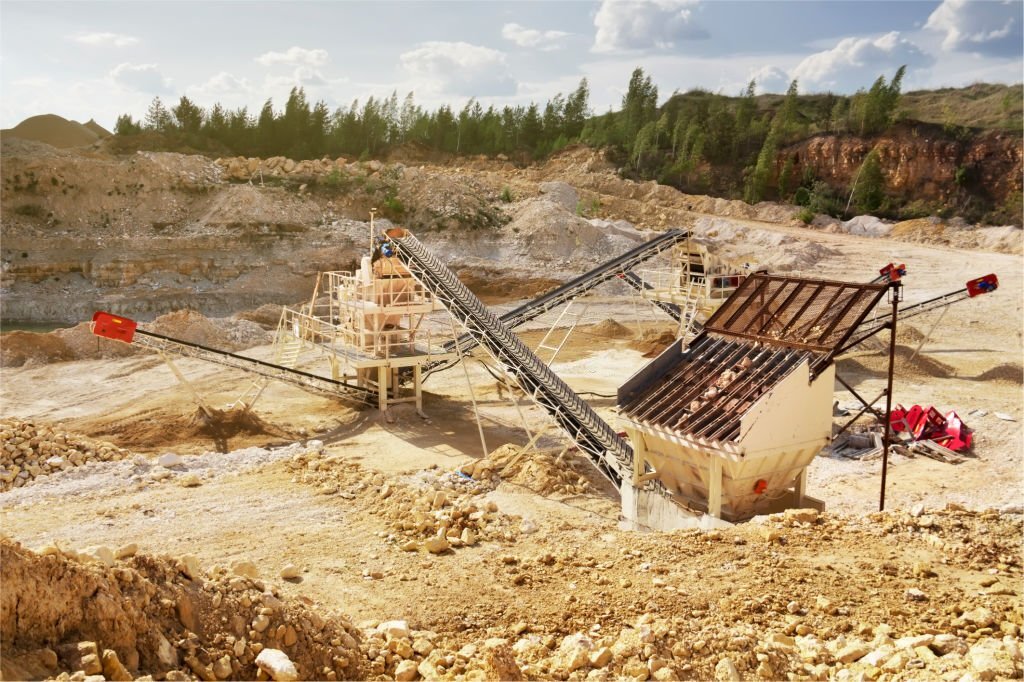
Crushing plants stand as essential pillars in the realm of aggregate production, a pivotal component that forms the bedrock of countless construction projects. Their significance lies in their adept ability to systematically break down robust rocks into various sizes, thereby facilitating the creation of the fundamental building blocks for structures, roads, and essential infrastructure.
In the intricate dance of construction, where precision and reliability are paramount, crushing plants emerge as key players. Their role extends beyond mere material reduction; they are architects of strength, transforming raw rocks into meticulously sized aggregates that form the robust foundations of buildings. From towering skyscrapers to intricate road networks, these plants contribute to the structural integrity that defines the urban landscape.
Imagine a construction site without the hum of crushing plants; the very essence of progress would be compromised. Roads would lack the durability needed to withstand the test of time, buildings would lose their structural integrity, and infrastructure projects would crumble without the solid base provided by finely processed aggregates. In essence, crushing plants are the silent giants shaping the very foundation of our built environment, their efficiency echoing through the structures that define the modern world.
Fine-Tuned Efficiency:
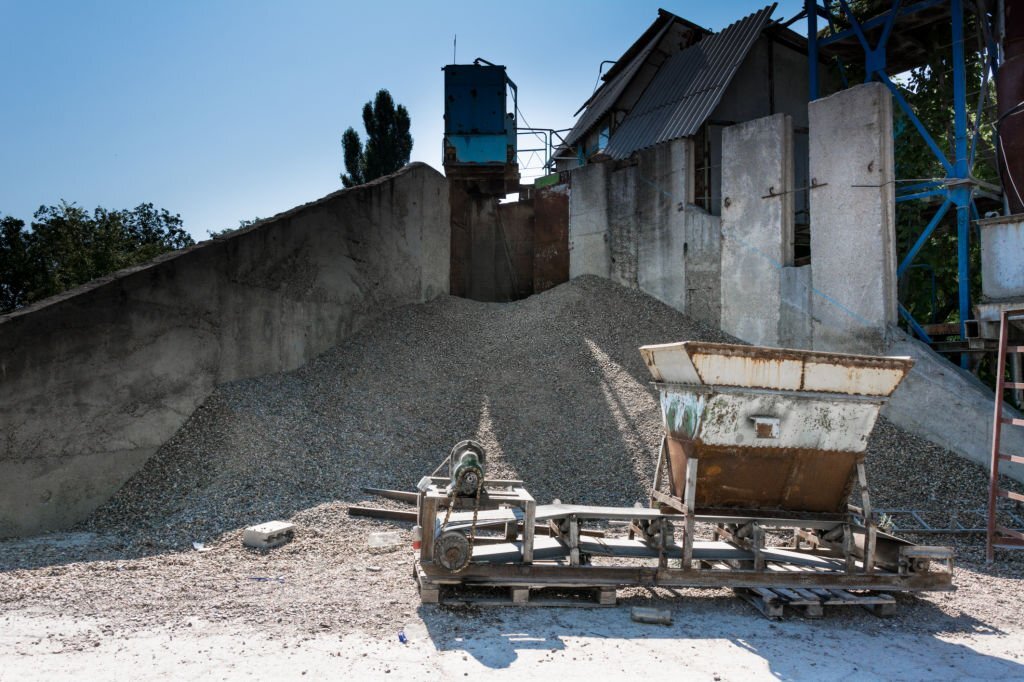
At the heart of crushing plants lies an inherent commitment to precision in material reduction, setting them apart as masters of finesse in the industrial landscape. This commitment is realized through the integration of advanced technologies, with cone crushers and impactors emerging as the virtuosos in this symphony of material refinement. These sophisticated machines go beyond the conventional, offering a level of precision that is paramount in meeting the exacting specifications demanded by diverse industries.
The deployment of cone crushers and impactors represents a technological leap that allows crushing plants to finely tune their output with surgical precision. These machines operate as the maestros of material processing, delicately adjusting the size and composition of the end product. In the intricate dance of industrial applications, where the specific requirements of each sector differ, this precision becomes a hallmark feature. Whether it’s the construction industry demanding aggregates of precise sizes or mining operations requiring minerals of specific granularity, crushing plants equipped with advanced technologies stand as versatile craftsmen, tailoring their output to meet the bespoke needs of various sectors.
In essence, the finesse achieved by crushing plants through cutting-edge technologies is not merely a function; it’s an art form that ensures the end product aligns seamlessly with the stringent specifications set by diverse industries. This precision underscores the adaptability and versatility of crushing plants, positioning them as indispensable contributors to the nuanced demands of the industrial landscape.
Environmental Guardianship:
In the current era marked by heightened environmental consciousness, crushing plants takes center stage as an exemplar of sustainability in industrial practices. A notable shift towards eco-friendly design principles is evident in many modern crushing plants, where a dedicated commitment to minimizing environmental impact is paramount. These plants are not just crushers of rocks; they are pioneers in embracing green technologies and responsible manufacturing practices.

One of the key facets of this commitment is the incorporation of features designed to mitigate the ecological footprint. Forward-thinking crushing plants prioritize the reduction of dust, noise, and emissions, aligning seamlessly with the global thrust towards greener and more sustainable industrial operations. Dust suppression systems ensure that particulate matter generated during material processing is kept to a minimum, contributing to improved air quality and worker well-being.
Moreover, the emphasis on noise reduction addresses concerns about the impact of industrial activities on local communities. By employing cutting-edge technologies and engineering solutions, crushing plants minimize noise pollution, fostering harmony between industrial operations and their surroundings. Concurrently, measures to curb emissions contribute significantly to air quality improvement, aligning these plants with stringent environmental standards and regulations.
In essence, modern crushing plants go beyond their primary function, embodying a progressive approach that harmonizes productivity with environmental responsibility. They stand as beacons of change, symbolizing the industry’s dedication to sustainable practices and the collective responsibility towards safeguarding the planet for future generations.
Conclusion:
In the expansive realm of heavy equipment, crushing plants stand out as versatile, purpose-driven, and adaptable contributors to industrial progress. Their unique ability to process a variety of materials, coupled with mobility and environmental consciousness, underscores their significance in diverse applications. As industries evolve, the role of crushing plants in shaping the landscape of material processing remains pivotal.

